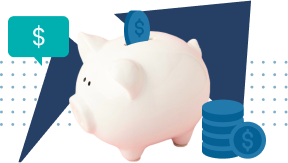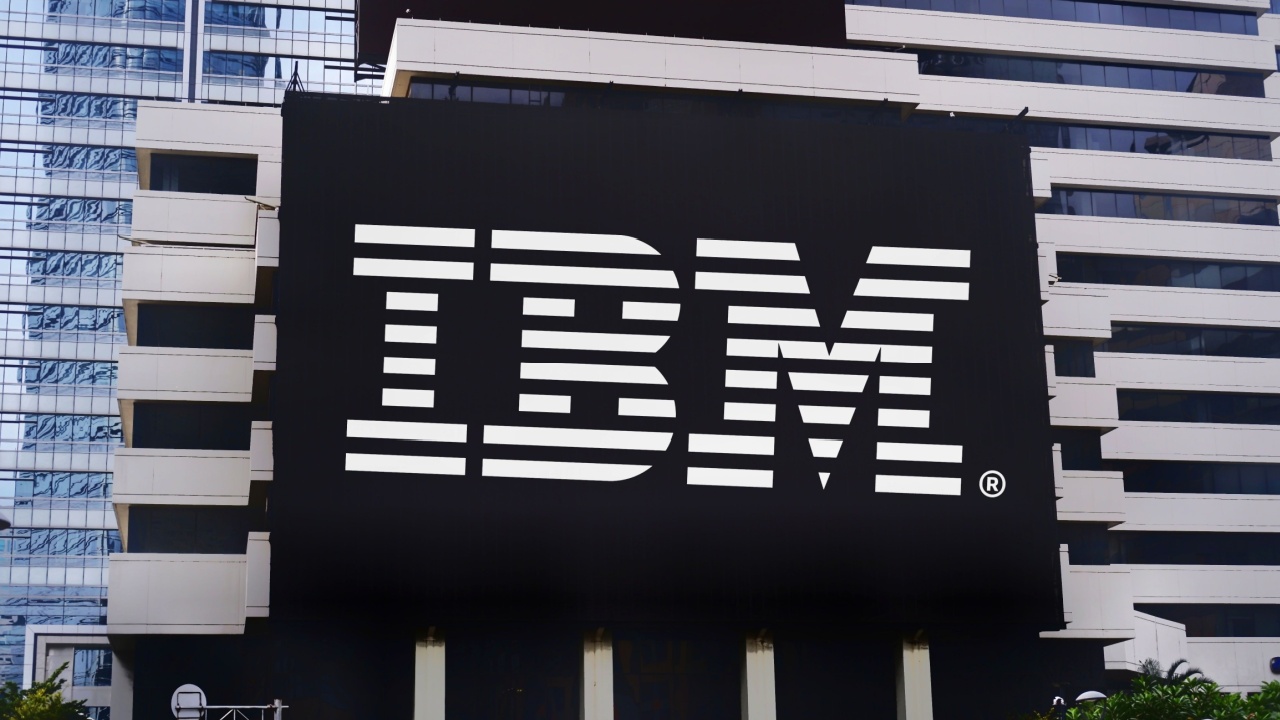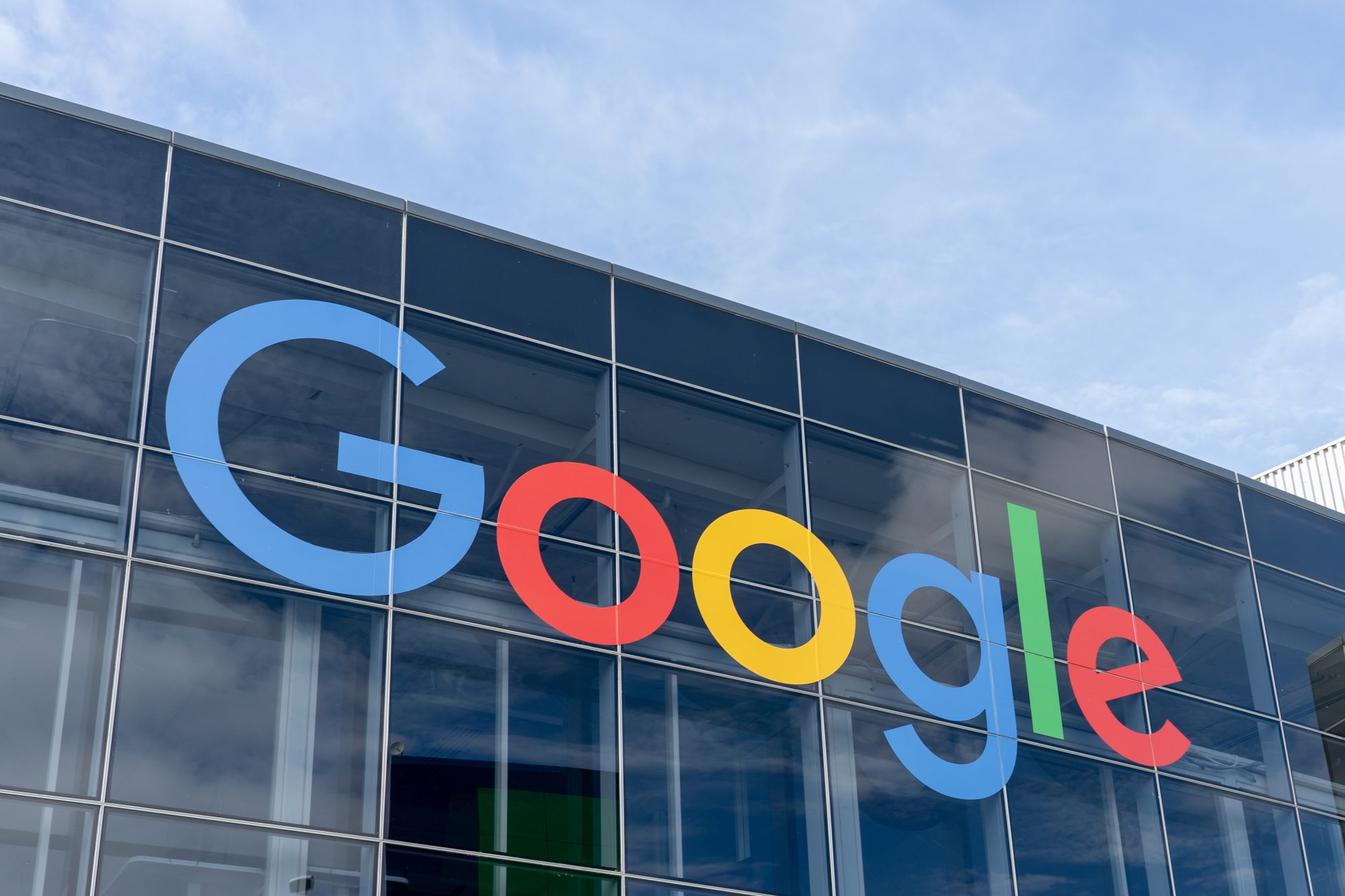After a fake AP report on Twitter temporarily destroyed billions in market cap, investor Mark Cuban reiterated his call to eliminate high-frequency trading. Mark Cuban, AXS TV co-founder, says he doesn’t think there is vulnerability in Twitter systems — but rather — the way people are using it is where the vulnerability is at. There are no new names, new energy or new opportunities in stocks because of a lack of trust in the market, billionaire entrepreneur Mark Cuban says. Mark Cuban, AXS TV co-founder, says he doesn’t think there is vulnerability in Twitter systems — but rather — the way people are using it is where the vulnerability is at.
Video and computer transcript below:
you know, we watched the reaction in the markets, we saw how traders reacted, people running around trying to figure out what was going on, what was your reaction when you saw whathappened? and we’re showing it on the screen here this quick drop and the recovery almost as fast. mean, i wasn’t surprised at all. i mean, the one thing — look, 140 characters and what was it $200 billion worth of market cap disappeared for a few minutes and came back? it was crazy. i mean, what happened is exactly what we should expect to happen any
![Mark Cuban Nails it on Twitter Crash and HFT [VIDEO] Mark Cuban Nails it on Twitter Crash and HFT [VIDEO]](https://www.valuewalk.com/wp-content/uploads/2021/07/clost.png)











